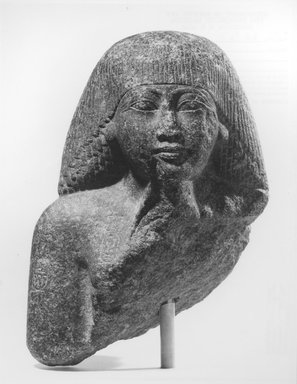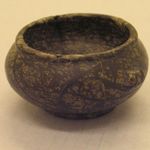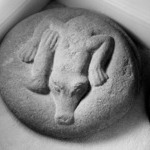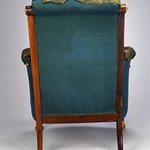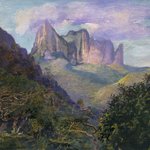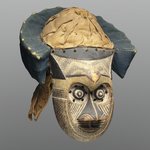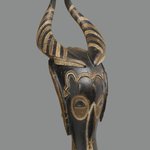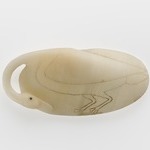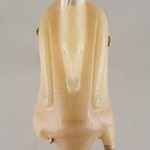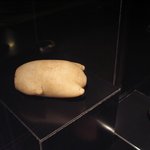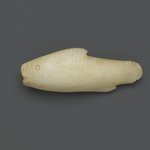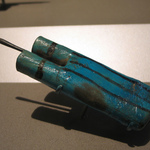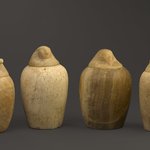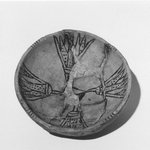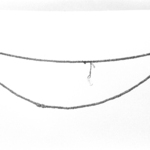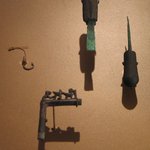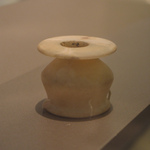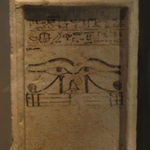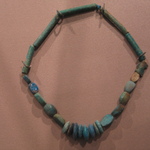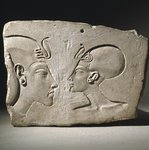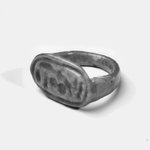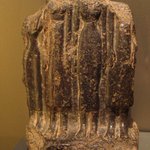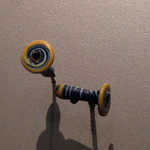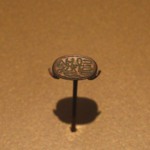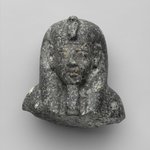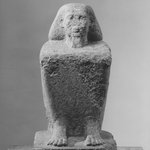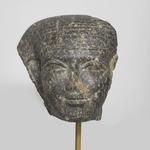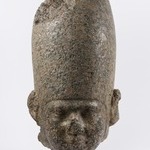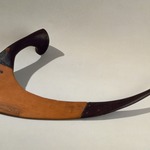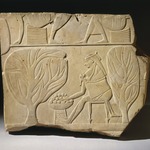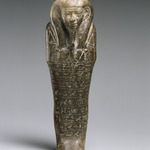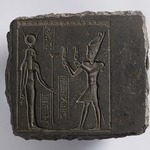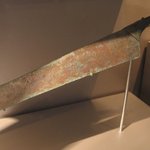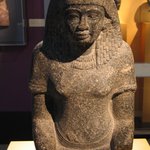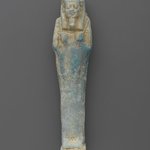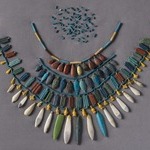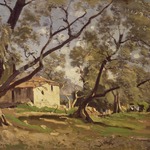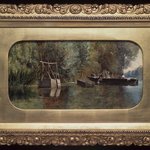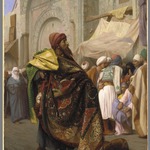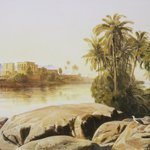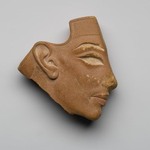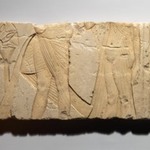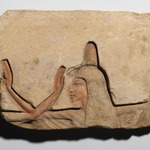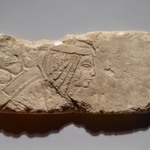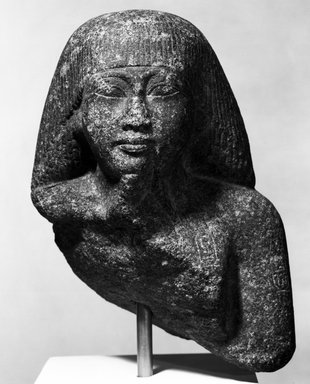

Head and Bust from a Seated Statue, ca. 1353–1336 B.C.E. Granite, 12 x 9 x 6 in. (30.5 x 22.9 x 15.2 cm). Brooklyn Museum, Charles Edwin Wilbour Fund, 60.96. Creative Commons-BY (Photo: Brooklyn Museum, 60.96_NegA_bw_SL4.jpg)
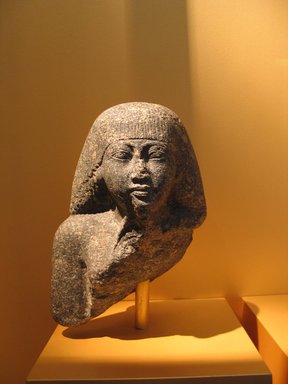
Head and Bust from a Seated Statue, ca. 1353–1336 B.C.E. Granite, 12 x 9 x 6 in. (30.5 x 22.9 x 15.2 cm). Brooklyn Museum, Charles Edwin Wilbour Fund, 60.96. Creative Commons-BY (Photo: Brooklyn Museum, CUR.60.96_erg456.jpg)
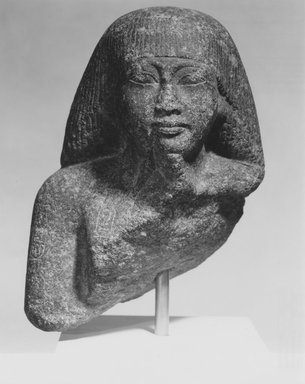
Head and Bust from a Seated Statue, ca. 1353–1336 B.C.E. Granite, 12 x 9 x 6 in. (30.5 x 22.9 x 15.2 cm). Brooklyn Museum, Charles Edwin Wilbour Fund, 60.96. Creative Commons-BY (Photo: Brooklyn Museum, CUR.60.96_NegA_print_bw.jpg)
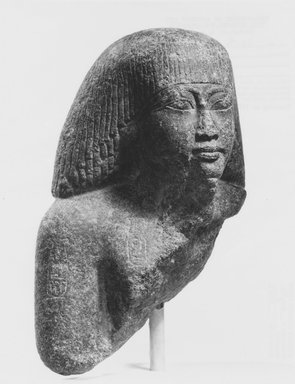
Head and Bust from a Seated Statue, ca. 1353–1336 B.C.E. Granite, 12 x 9 x 6 in. (30.5 x 22.9 x 15.2 cm). Brooklyn Museum, Charles Edwin Wilbour Fund, 60.96. Creative Commons-BY (Photo: Brooklyn Museum, CUR.60.96_NegE_print_bw.jpg)
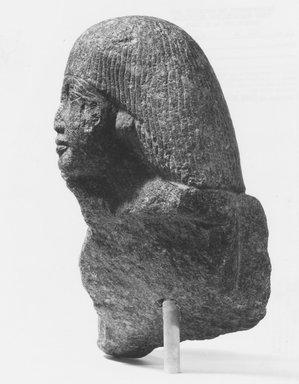
Head and Bust from a Seated Statue, ca. 1353–1336 B.C.E. Granite, 12 x 9 x 6 in. (30.5 x 22.9 x 15.2 cm). Brooklyn Museum, Charles Edwin Wilbour Fund, 60.96. Creative Commons-BY (Photo: Brooklyn Museum, CUR.60.96_NegC_print_bw.jpg)
Head and Bust from a Seated Statue
Egyptian, Classical, Ancient Near Eastern Art
On View: Egyptian Orientation Gallery, 3rd Floor
Despite the common belief that Egyptian artists were reluctant to change, close examination of works produced over many generations shows that they could be quite innovative in artistic style— the distinctive features of aesthetic expression characterizing a period.
The chief royal sculptor, responsible for official images of the king, usually developed at least one standard “court style.” But styles often varied from one dynasty to the next, and two or more styles often evolved during a single dynasty or even a single reign.
Several forces could result in a new style. A pharaoh’s death could motivate the chief royal sculptor to devise a fresh “standard” for depicting his successor. The replacement of one chief sculptor by another might also inspire innovation. Or perhaps young carvers reacted to the teachings of the chief sculptor, introducing subtle modifications that, over time, became an entirely new style.
The carved heads in this case and in the one on the right, spanning more than three thousand years, demonstrate clear changes in stylistic expression.


